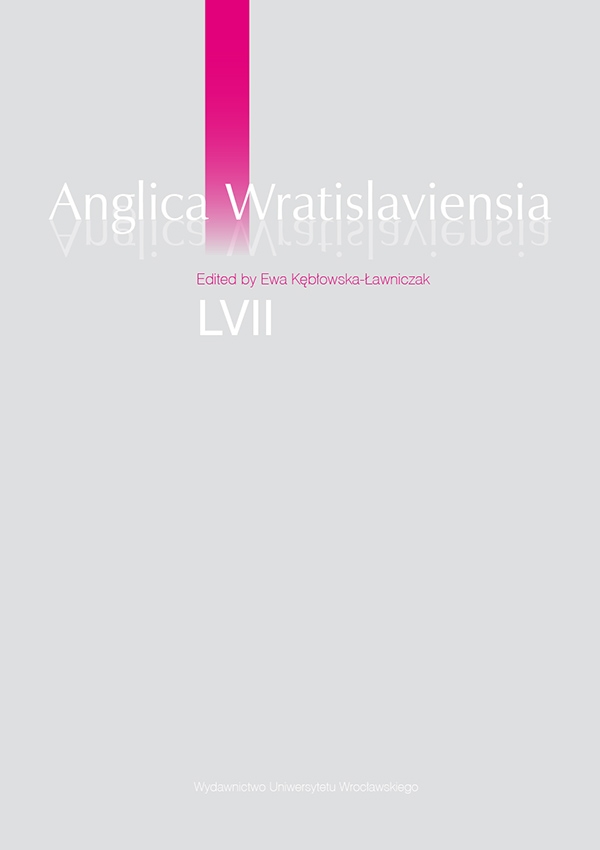

Applied Linguistics

According to Complex Dynamic Systems Theory CDST, language is a complex dynamic system consisting of subsystems which show a lot of variability, especially during intensive development. Second language development is generally connected with an increase in complexity, accuracy and fluency but there are trade-offs within and between these language subcomponents. What is more, intra-individual variability, defined as differences in the level of developmental variables within individuals and between repeated measurements, is said to be an important developmental phenomenon. The aim of this article is to analyze the relationships between different measures of syntactic complexity, lexical complexity, accuracy and fluency, and to examine intra-individual variability with respect to the rate of development in longitudinal oral data provided by a good, average and poor language learner at the level of secondary school. Generally, the results of the study show some statistically significant differences between the learners in the development of these language subsystems but no such differences in intra-individual variability. Nevertheless, the study indicates a strong, positive correlation between the learners’ level of intra-individual variability and the rate of development of the language subsystems in speech at this level.